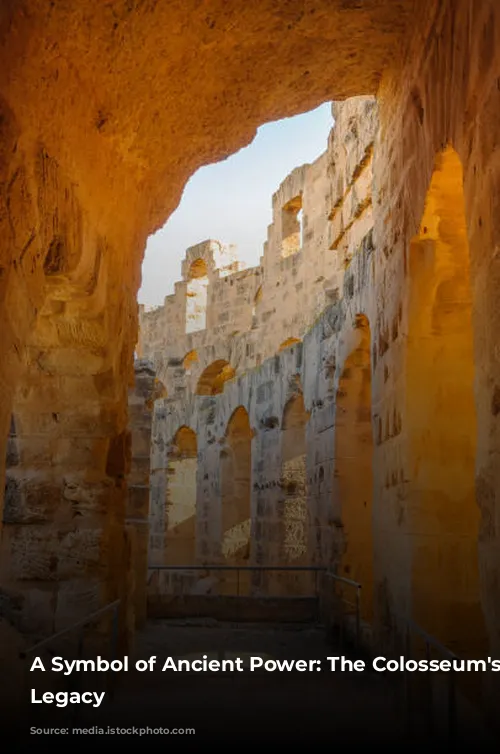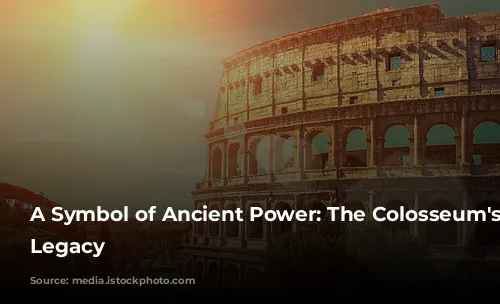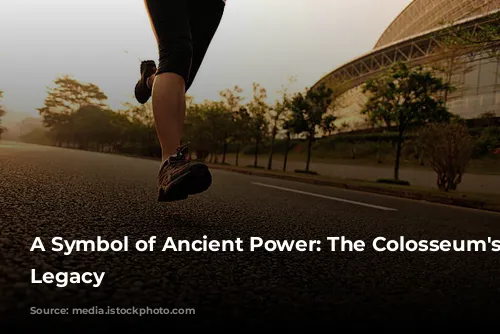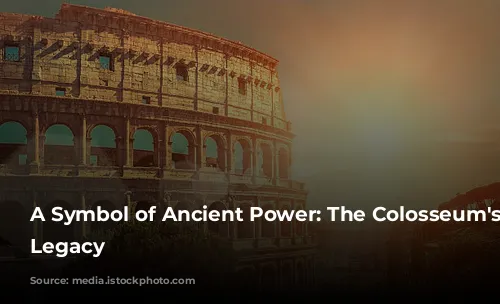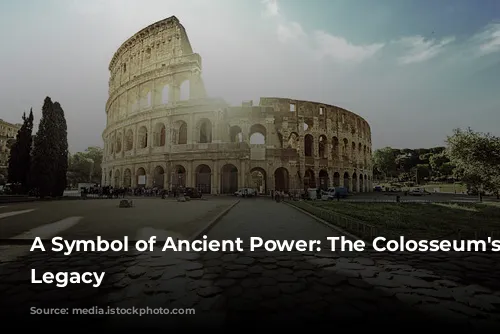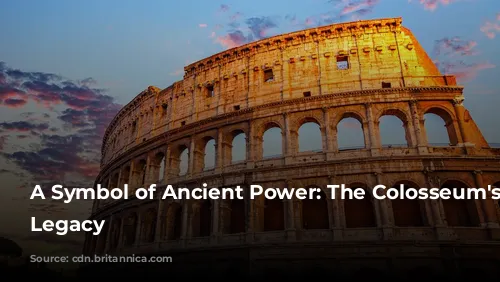The Colosseum, one of the few mostly intact remnants of the Roman Empire, stands today as a testament to the architectural and engineering brilliance of ancient Rome. Beyond its historical significance, the Colosseum is a major economic driver for Italy, attracting millions of visitors each year. In 2018, the Colosseum, Roman Forum, and Palatine Hill collectively generated over $63.3 million (€53.8 million), making it the most popular tourist destination in Italy.
(This paragraph introduces the topic of the Colosseum and its significance in terms of history and economics.)
From Glory to Neglect and Revival
The Colosseum’s journey through time has been one of both glory and neglect. After the fall of the Western Roman Empire, the magnificent structure fell into disrepair. The Frangipane and Annibaldi families, prominent Roman families, saw the arena as a potential fortress in the 12th century. Later, in the 15th century, Pope Alexander VI allowed the Colosseum to be used as a quarry, a sad testament to its forgotten status. Only in the 1990s, after over a thousand years of neglect, did state-funded restoration efforts begin to breathe life back into this once-grand monument.
(This paragraph details the Colosseum’s decline after the fall of the Roman Empire and its subsequent repurposing and eventual restoration.)
A Monument Built for Entertainment
The Colosseum’s construction was part of a grand imperial scheme to revitalize Rome after the turbulent year of the four emperors in 69 CE. Like other amphitheaters of the time, Emperor Vespasian envisioned the Colosseum as a hub for entertainment, hosting gladiatorial combats, animal hunts, and even mock naval battles.
(This paragraph explains the purpose of the Colosseum’s construction, highlighting the intent of Emperor Vespasian to provide entertainment for the Roman populace.)
A Legacy Built on Blood and Stone
Construction of the Colosseum commenced under Emperor Vespasian between 70 and 72 CE. The completed structure was dedicated in 80 CE by his son and successor, Titus. The Colosseum’s fourth story was added by Emperor Domitian in 82 CE. It is important to note that the arena was financed by the spoils of war from Titus’s conquest of Jerusalem in 70 CE, and it was built by enslaved Jews from Judaea.
(This paragraph gives specific details about the construction of the Colosseum, including the emperors involved, the timeline, and the origins of the funds used for its construction.)
An Architectural Masterpiece
The Colosseum, also known as the Flavian Amphitheatre, is an elliptical structure constructed from stone, concrete, and tuff. Standing four stories tall at its highest point, it measures 620 by 513 feet (189 by 156 meters) and could accommodate up to 50,000 spectators. The Colosseum was renowned for its use in gladiatorial combat.
(This paragraph provides a detailed description of the Colosseum’s architectural features and its capacity.)
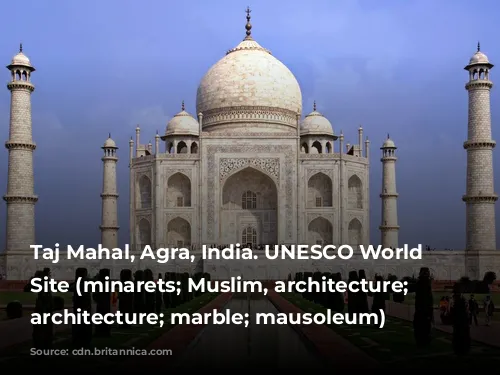
A Symbol of Imperial Power
The Colosseum, situated just east of the Palatine Hill on the grounds of Nero’s Golden House, was a deliberate and symbolic choice. The artificial lake that was the centerpiece of Nero’s palace was drained, and the Colosseum was constructed in its place. Vespasian, whose path to the throne was relatively humble, chose to replace the tyrannical emperor’s private lake with a public amphitheater that could host tens of thousands of Romans. This symbolic act underscored Vespasian’s intention to connect with the people and establish his rule as a more just and equitable one.
(This paragraph highlights the symbolic significance of the Colosseum’s location and its connection to the previous reign of Nero.)
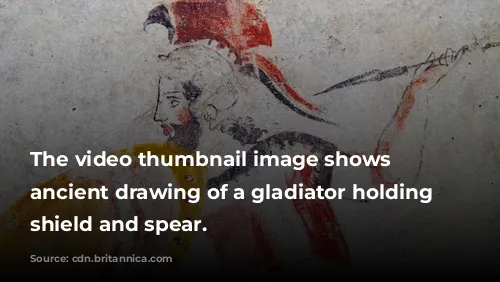
A Testament to Roman Engineering
The Colosseum, unlike earlier amphitheaters, is a free-standing structure of stone and concrete, built using a complex system of barrel and groin vaults. It measures 620 by 513 feet (189 by 156 meters) overall. Three of the arena’s stories are encircled by arcades framed on the exterior by engaged columns in the Doric, Ionic, and Corinthian orders. This rising arrangement of columns, known as the assemblage of orders, became a defining element of Renaissance architecture. The primary structure and facade are made of travertine, the secondary walls are volcanic tufa, and the inner bowl and arcade vaults are concrete.
(This paragraph delves into the construction techniques used to build the Colosseum, highlighting its innovative engineering.)
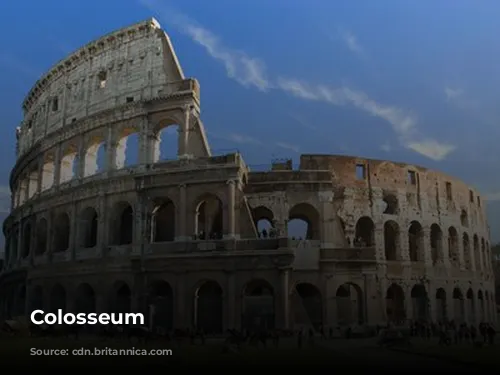
The Colosseum in Action
The amphitheater could accommodate up to 50,000 spectators, who were shielded from the sun by a massive retractable awning known as a velarium. This awning was supported by masts extending from corbels built into the Colosseum’s attic story. Hundreds of Roman sailors were required to manipulate the rigging that extended and retracted the velarium. The Colosseum was the stage for thousands of gladiatorial combats, contests between men and animals, and even mock naval engagements. However, it is uncertain if the arena was the site of early Christian martyrdoms.
(This paragraph describes the functionality of the Colosseum, including its seating capacity, the retractable awning, and the types of events it hosted.)
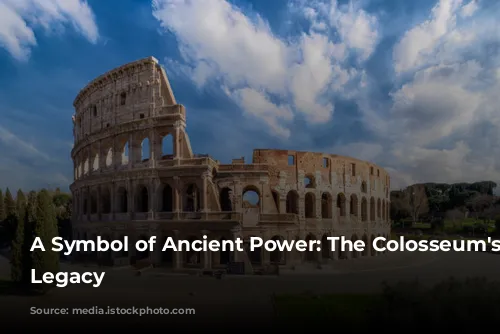
The Colosseum’s Legacy
In medieval times, the Colosseum was used as a church, then as a fortress by two prominent Roman families, the Frangipane and the Annibaldi. The Colosseum suffered damage from lightning, earthquakes, vandalism, and pollution. Its marble seats and decorative materials disappeared, as the site was treated as a quarry for over a thousand years. In the 19th century, preservation efforts began in earnest, led by Pius VIII. A major restoration project was undertaken in the 1990s. Today, the Colosseum remains a major tourist attraction in Rome, drawing nearly seven million visitors annually. Regularly changing exhibitions relating to ancient Roman culture are held within its walls.
(This paragraph outlines the various uses of the Colosseum throughout history, its decline, and its eventual preservation efforts. It concludes with its current status as a popular tourist destination.)
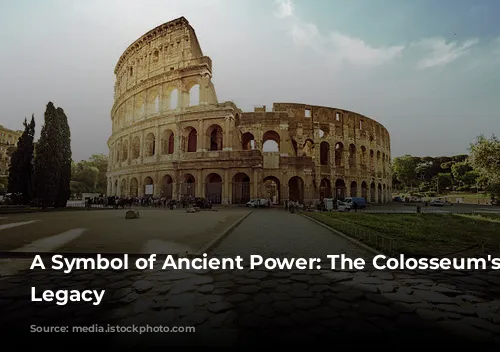
A Timeless Symbol
The Colosseum stands as a powerful testament to ancient Rome’s might, ingenuity, and enduring legacy. It is a reminder of a bygone era, a time of grand spectacles, political maneuvering, and the ever-present shadow of imperial power. Even today, the Colosseum continues to draw visitors from all corners of the globe, offering a glimpse into the fascinating world of ancient Rome.
(This concluding paragraph summarizes the Colosseum’s importance as a historical landmark and its continuing relevance in the modern world.)
